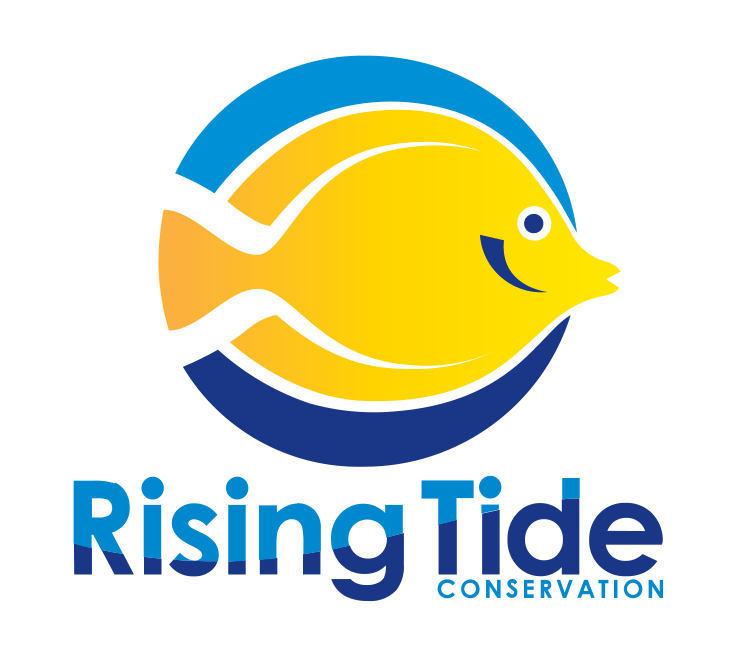We were excited to receive 20 mature golden trevally from SeaWorld Orlando nearly a year ago. We distributed 10 fish each into two large recirculating systems. We expected to have fish spawning within a couple weeks, but after nearly a month of no spawning activity we concluded the fish were likely regressing due to transport and handling stresses. We decided to forgo any more spawning procedures until earlier this year, once the fish had become better acclimated to their new setting and temperatures were in the range reported for spawning. This paid off in mid-April after daily ambient temperatures were averaging close to 26°C and conditioned females were verified through cannulation. We administered spawning hormones to all 10 fish within that tank and obtained three spawns occurring 48, 72, and 96 hours after hormone administration. The first spawn contained mostly sinking (unfertilized) eggs but the next two spawns each contained a majority of neutrally buoyant eggs (~0.7 mm diameter). Hatching occurred quickly (~18 hours) with roughly 60,000 larvae hatched from the second spawn and 36,000 from the third spawn.
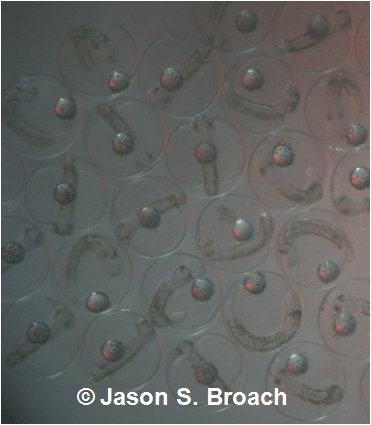
Figure 1. Golden trevally eggs near hatching.
Larvae were stocked into multiple 104 L tanks supplied with flow-through seawater to exchange a minimum of two tank volumes of water daily. Larvae from the second spawn were stocked into three tanks at nearly 15,000 larvae/tank and larvae from the third spawn were stocked into two tanks at a density near 18,000 larvae/tank. Development was rapid and larvae had fully functioning mouthparts within two days post hatch (dph). We fed the larvae enriched (Ori-Green) rotifers at 10-15 rotifers/mL daily until 25 dph. We also fed the larvae copepod nauplii (Parvocalanus sp.) at 2 naups/mL daily until 10 dph. By 11 dph, most larvae were able to feed on Artemianauplii and were fed them at 4 Artemia/mL. We used green water techniques by inoculating larval tanks with live T-ISO (~100,000 cells/mL) up to 25 dph. We began weaning the fish onto a dry diet (Otohime B1-B2) around 15 dph, and after 30 dph fish were feeding solely on the dry diet. During these trials, swim bladder inflation began at 5 dph, fin ray branching at 9 dph, and flexion at 14 dph. The typical black bar pattern and gold coloration could be seen developing as early as 20 dph with all larvae having reached metamorphosis by 30 dph. We observed a mean survival to metamorphosis around 6.5% and obtained over 3,200 juveniles. We restocked them into recirculating systems and raised them for a couple more weeks before they were shipped off to SeaWorld at 45-46 dph around 3.8 cm fork length and 0.94 g.
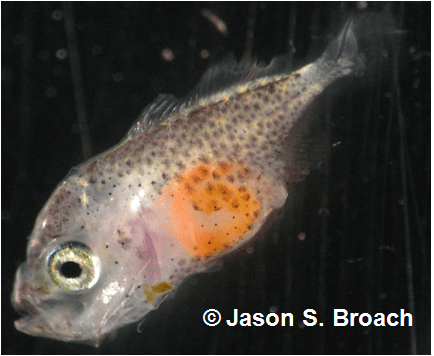
Figure 2. 14 days post hatch golden trevally larva.
Larvae were stocked into multiple 104 L tanks supplied with flow-through seawater to exchange a minimum of two tank volumes of water daily. Larvae from the second spawn were stocked into three tanks at nearly 15,000 larvae/tank and larvae from the third spawn were stocked into two tanks at a density near 18,000 larvae/tank. Development was rapid and larvae had fully functioning mouthparts within two days post hatch (dph). We fed the larvae enriched (Ori-Green) rotifers at 10-15 rotifers/mL daily until 25 dph. We also fed the larvae copepod nauplii (Parvocalanus sp.) at 2 naups/mL daily until 10 dph. By 11 dph, most larvae were able to feed on Artemianauplii and were fed them at 4 Artemia/mL. We used green water techniques by inoculating larval tanks with live T-ISO (~100,000 cells/mL) up to 25 dph. We began weaning the fish onto a dry diet (Otohime B1-B2) around 15 dph, and after 30 dph fish were feeding solely on the dry diet. During these trials, swim bladder inflation began at 5 dph, fin ray branching at 9 dph, and flexion at 14 dph. The typical black bar pattern and gold coloration could be seen developing as early as 20 dph with all larvae having reached metamorphosis by 30 dph. We observed a mean survival to metamorphosis around 6.5% and obtained over 3,200 juveniles. We restocked them into recirculating systems and raised them for a couple more weeks before they were shipped off to SeaWorld at 45-46 dph around 3.8 cm fork length and 0.94 g.
On multiple occasions we’ve administered hormones to both tanks of brood fish and have observed spawning to occur 48-96 hours after administration every time. The quality of spawns has been somewhat variable. We believe golden trevally commercial scale culture to be highly feasible and could be further improved by defining larval culture requirements and optimizing brood fish spawning procedures. We look forward to receiving new species to work with and hope to overcome any difficulties that might inhibit their aquaculture potential.
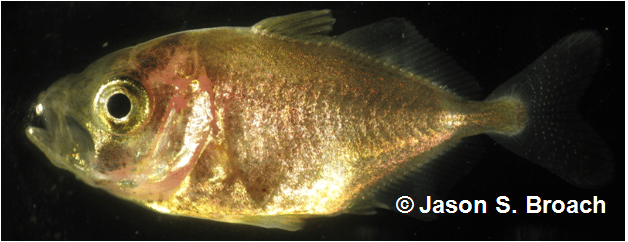
Figure 3. 30 days post hatch golden trevally larva beginning to display black bars.
Aquaculture lab at the University of Florida Indian River Research and Education Center in Fort Pierce, FL (Dr. Cortney Ohs, Dr. Jason Broach, Bryan Danson, Dan Elefante, Scott Grabe, Andrew Palau, and Audrey Beany)
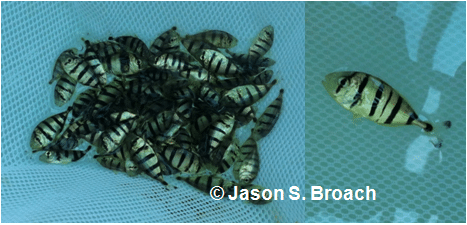
Figure 4. 45 days post hatch golden trevally juveniles.
